.webp)

About the author:
Scannable Co-Founder Robert Stirling grew up in the mountains, heading off on adventures on his Dad’s shoulders. The love that grew from these experiences drove Rob to carve out a career in the outdoor world.
Rob has spent his career in design and manufacturing. From outdoor equipment produced in Asia to work at height safety equipment produced in the UK, Rob has a passion to solve technical problems and deliver solutions that matter.
Scannable is not the first company to work on scanning technology for the height safety industry, but we are the first to really consumerise it.
We asked Co-Founder Rob Stirling to take a moment to explain some of the acronyms, experiences, and decisions that have gone into the Scannable solution so far.
Because the market told us to. Because identifying equipment is painful, and it's now possible to use your phone to scan safety equipment, instead of reading serial numbers.
In 2014, I developed the world’s first RFID carabiner for DMM. This was launched at the A+A trade fair in 2015.
Although we saw the DMM iD solution help a lot of folks with huge equipment inspection and inventory management pain points reduce time spent by 70-80%, the market continuously said two things:
We’ve taken this feedback, and that’s what we’re doing now.
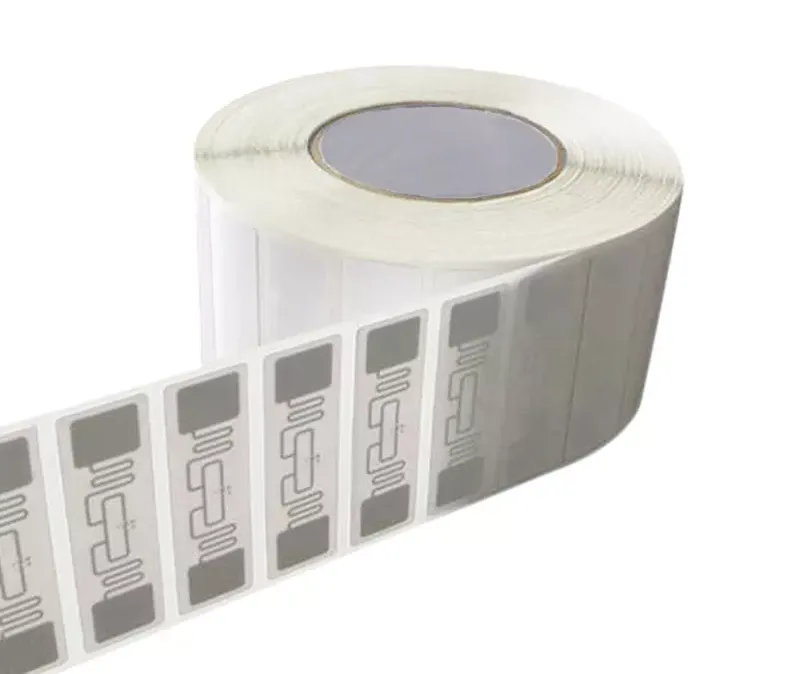
RFID stands for Radio Frequency Identification. RFID tags are typically a microchip and an antenna. They don’t have a battery, which means they can be very small.
RFID tags take energy from the RFID reader and communicate a number, or string of data back to the reader. They’ve been around for 30-40+ years, and typically come in three main flavours:
Low Frequency (LF) - the first RFID tech, developed for livestock management.
High Frequency (HF) - developed next, works across short distances. HF uses induction to transfer energy from the reader to the tag to get it to respond with its number.
Ultra High Frequency (UHF) - developed in the last 10-20 years for distance scanning. The scanning range is usually one to five meters, but can be longer.
UHF is typically used for inventory management in warehouses and retail sectors. UHF uses “backscatter” reading, where the reader sends out energy over a wide area.
UHF tags typically have larger antennas than HF tags which lets them catch more of the widespread energy, and they respond back to the reader with their number.

NFC (Near-Field Communication) is basically the same as High Frequency but it has been optimised for use in mobile phones, and has a separate set of standards around it to maintain interoperability (in plain speak, to make sure it works across all mobile phones).
NFC is the same tech that’s used for mobile phone payments.
Look out for these logos to spot if a product has NFC:
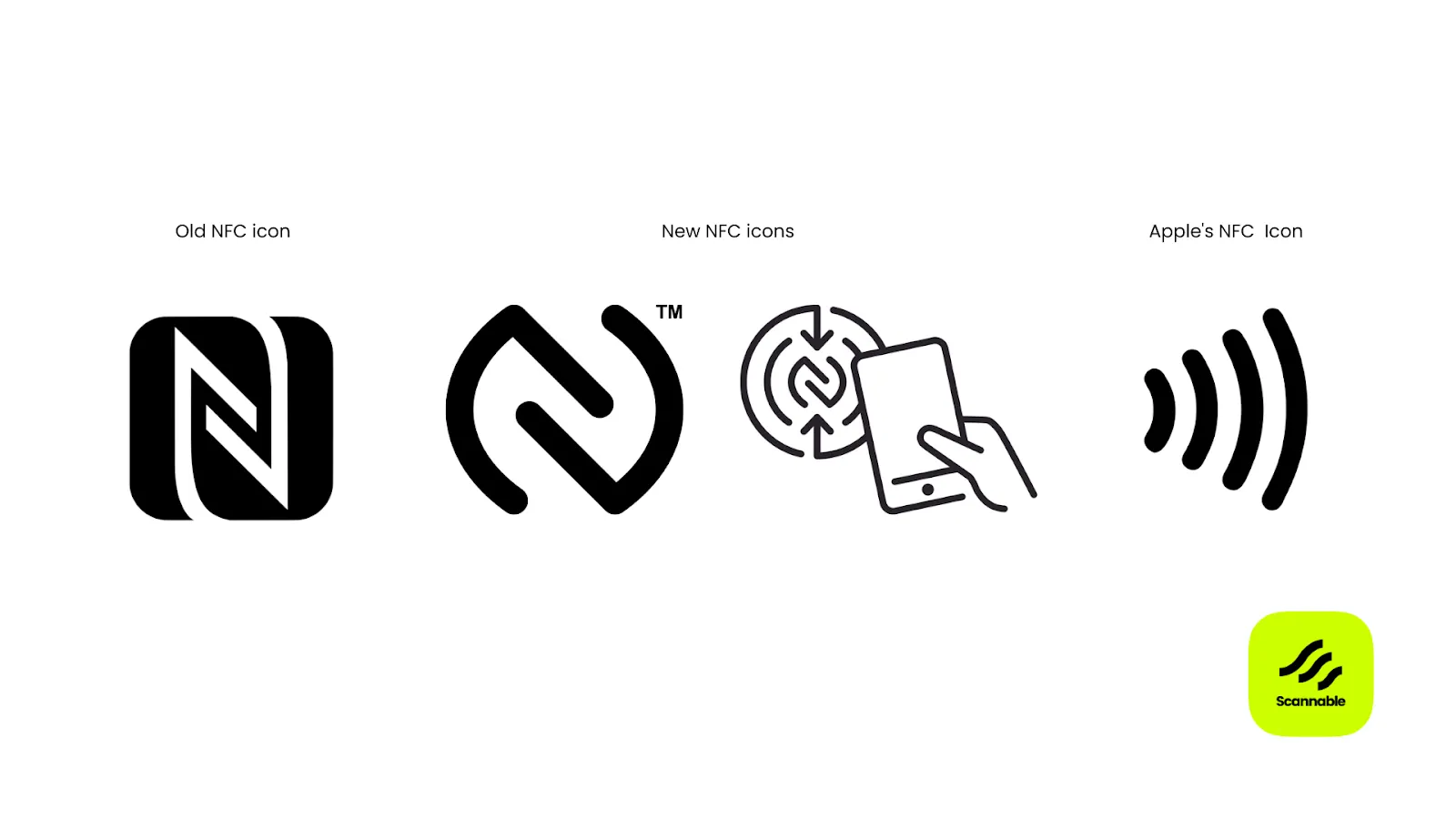
We were not tied to one technology outcome, but we ended up with UHF RFID. There are a few reasons for this:
Not in the short to medium term. It’s expensive (US$2000 for a reader), and often very inaccurate.
UHF RFID offers accurate scanning, but typically:
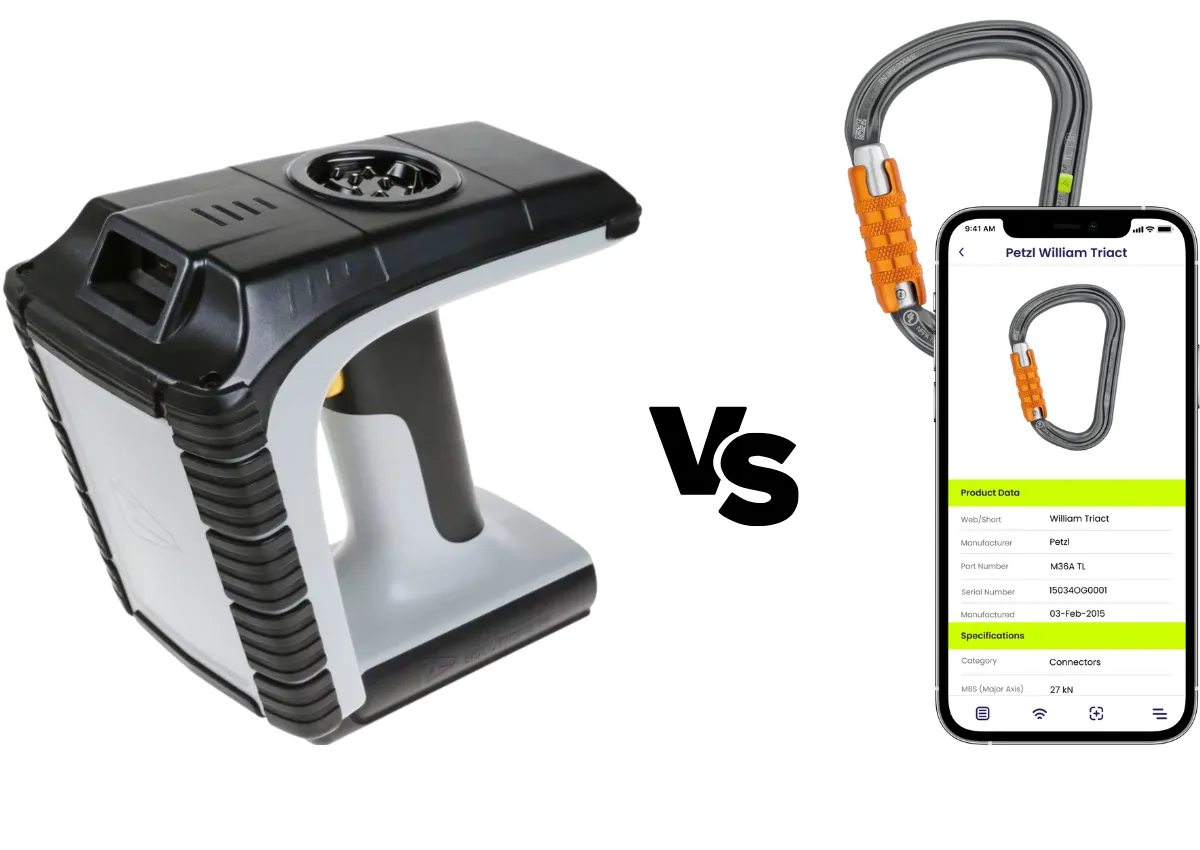
If you don’t get accurate scanning of small metal items over a distance, you’re back to manually counting them out or scanning them individually.
This being the case, you may as well use an NFC tag so you can:
Absolutely.
We have an NFC reader which connects to a laptop via USB. It is super affordable, and lets you do inspections or gear management from your laptop.
While scanning from a distance is not possible with NFC, users can have a similar experience to shopping at the supermarket: scanning hundreds of items quickly to then action an inspection or equipment movement.
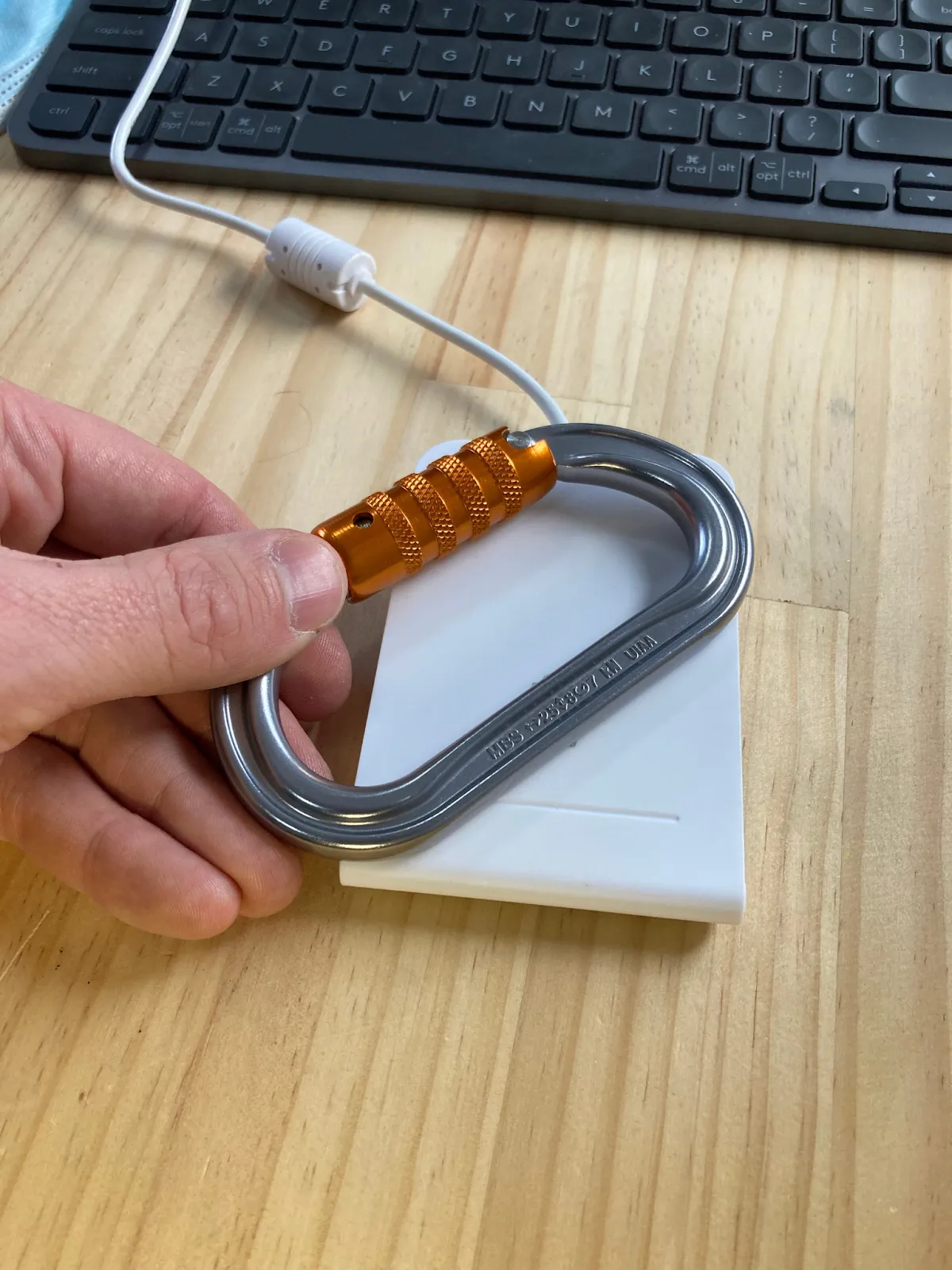
No. We’ve designed our tags and platform to allow anyone to answer a question about an item of equipment with the tap of their phone.
Anyone can tap their phone against the tag and open a URL that is unique to that item. The page that is launched can confirm things like the item’s last inspection date and result.
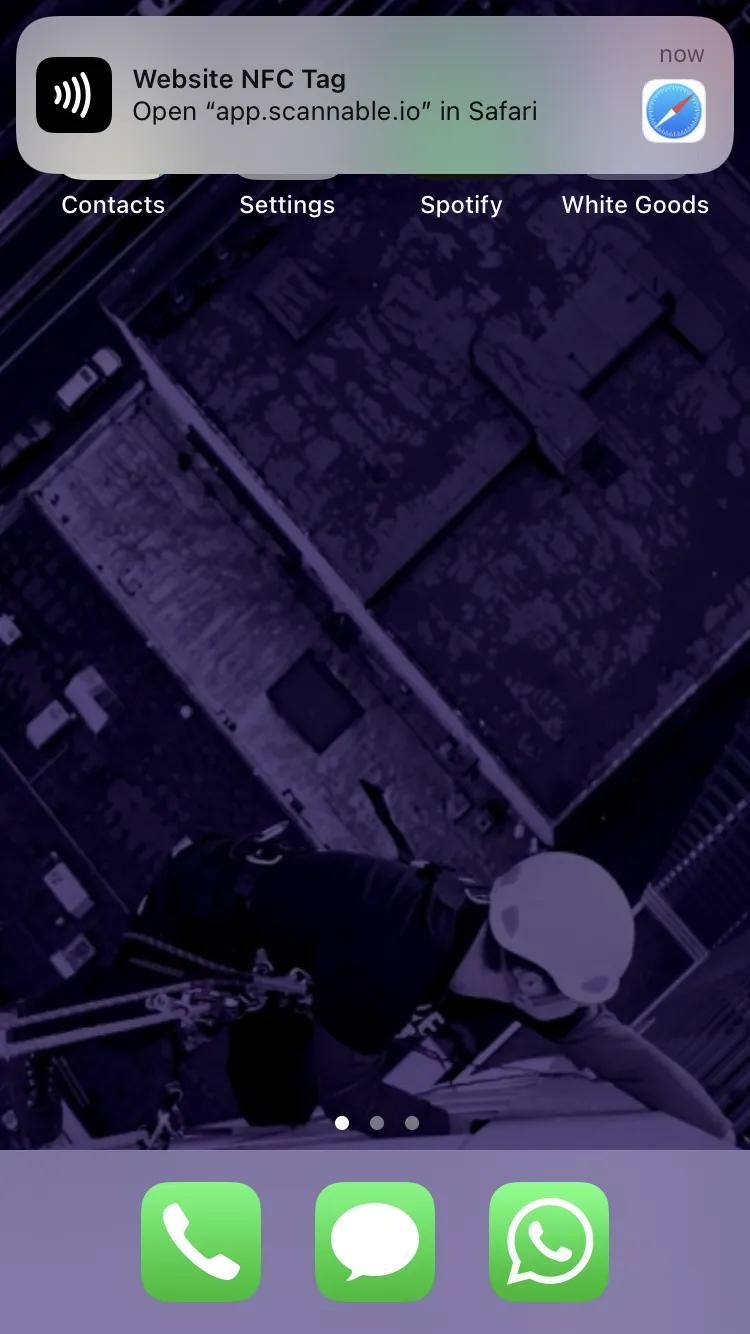
Not at all.
We’re already experimenting with tags that can be read both by scanning with your phone and with a UHF RFID distance scanner.
This won’t work on carabiners any time soon, but it will for harnesses, helmets, and other non-metallic equipment. So where possible, why not offer that option?
In 2014 I thought NFC was a consumer-only solution—for consumers to scan a single item. But, with the demand from the market for mobile phone scanning, we had to look at it more seriously.
Thanks to our strong RFID supply chain experience and partnerships, we’re really pleased to be shipping out our NFC solution next month (Oct 2022).
Our aim is to make inspections and equipment management as easy as the amazing consumer apps we use every day.
If we can make inspections as easy as Instagram maybe they’ll get done more often, and we can help to improve habits around equipment safety.
Check out this blog for more specific information about our NFC tags, what tags you should use for what equipment, and how best to apply them to your kit.